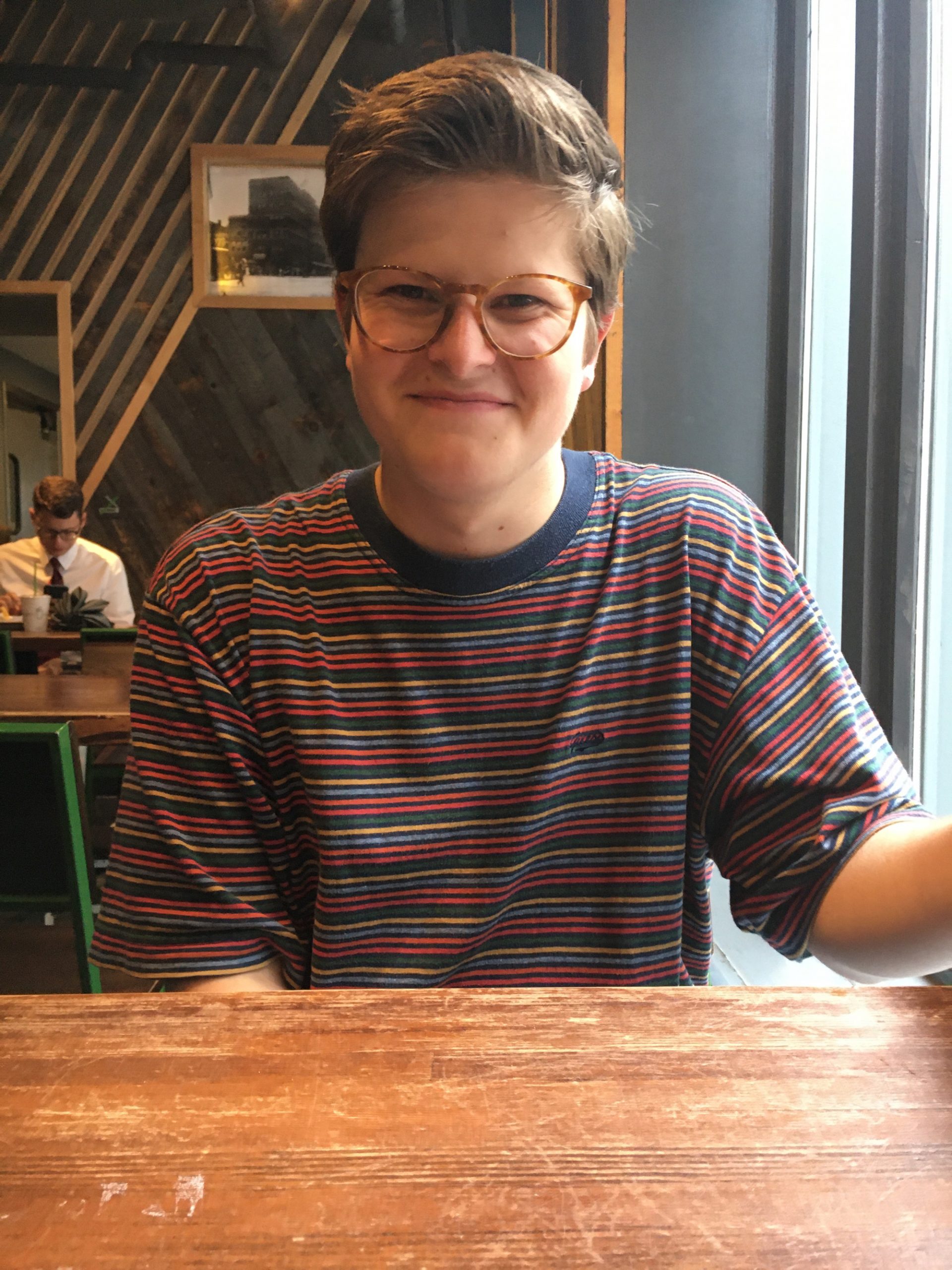My love for Ann M. Martin’s classic book series, “The Baby-Sitters Club,” waxes and wanes as I grow closer to the daunting realm of adulthood. However, the nostalgic comfort tied to these stories will surely remain constant for years to come.
Much like a close friend or a cold beer, the tales of Stoneybrook’s leading childcare business always seem to resurface when I need them most.
During my freshman year of college, I religiously watched HBO’s 1990 interpretation of the series, comforted by the winding minutia of life in a quiet, fictional suburb of Connecticut.
Ruthless periods of homesickness and creeping deadlines fizzled after watching a single episode, in which the resourceful group of middle schoolers would seamlessly work through an array of trials and tribulations. The experience was similar to watching reality television, in which people refurbish lifestyles and living spaces, and the audience feels better for some reason by the end of it.
The beginning of July marked four months spent away from my college campus and, on a larger scale, proof of the coronavirus’ resilience and strength. There are certainly days when I struggle to get out of bed or make it to my desk, but recently, Netflix has graced my television screen with a modern retelling of the beloved “The Baby-Sitters Club” series.
Once again, Martin circled back and delivered an unexpected, needed antidote for my distress.
Showrunners Lucia Aniello and Rachel Shukert, known for their work on “Broad City” and “GLOW” respectively, led the project through its reimagination and production. When I first learned of their work on Netflix’s reboot, I was excited not only for what they each bring to the table, but also for how the duo will bring the iconic fivesome to center stage in a new century.
Of course, struggles with boys, gossip and parents are abiding, but how would the club operate in an era in which group chats and social media lessen the need for in-person meetings? More importantly, what would become of the iconic corded telephone that rang each time a parent in need called for the Baby-Sitters Club?
A second wind for familiar characters
When Kristy Thomas’ single mother struggles to find a last minute sitter, the eighth grader quickly weaves together an idea: a childcare collective composed of Stoneybrook’s best and brightest tweens. This proposal, known as “Kristy’s Great Idea,” lays the groundwork for the season’s nine succeeding episodes.
Quick-thinking behavior is pretty regular for Kristy. Though the club is built on a decided democracy, she often takes control of the room: “I’m bossy. Get used to it,” she quips in one episode.
Mary Anne Spier, demure and theatrically unassertive, joins Kristy in her venture, who then convinces artist and fashionista Claudia Kishi to do the same. Urbane New Yorker Stacey McGill and Dawn Schafer, a free-spirited Californian, eventually add to their ranks too.
Though childcare is the center of their operation, friendship is the key ingredient that binds the series together. Sorority amongst young women in the suburbs is a surefire formula, and Martin likely knew this when first sitting down to write the books.
But rather than adhere strictly to “Baby-Sitters Club” scripture, the show revitalizes familiar characters with endearing and earnestly relevant adjustments.
Latinx actress Xochitl Gomez plays Dawn in the reboot, which refreshingly abandons the books’ interest in her blond hair and blue eyes. Instead of employing a vapid trope of the mindless Californian, Dawn invests herself in political activism. She even fights for financial equity at summer camp during the season finale. On occasion, she’ll video chat with her father and his male partner.
Stacey, who initially moves to Stoneybrook under mysterious circumstances, struggles with her diabetes and the cyberbullying that came as a result of a hypoglycemic episode at her old school. Her storyline exemplifies how technology does not inundate the club’s inner workings and dynamism. Instead, it’s an external, oppressive force.
Arguably the most endearing subplot is Claudia’s relationship with her grandmother, Mimi Yamamoto. After Mimi suffers a stroke and struggles to speak English, Claudia uses her art as a medium of communication between the two of them. Through this experience, Claudia learns of her grandmother’s internment in Manzanar nearly 75 years prior.
These depictions of young women leaning into activism, women’s liberation and paganism (yes, there is a neighborhood witch) cleverly undermine the sexist notion that childcare is a passive act. At its core, Kristy’s idea to capitalize on babysitting lights a progressionist fuse that crackles throughout the season.
Though the show spotlights a group of middle schoolers, parenthood is not a one-note experience either. Casting former “It Girl” Alicia Silverstone as Kristy’s mother is possibly the strongest callback to the ’90s zeitgeist, but this choice is more than a cultural homage.
Placing the “Clueless” starlet in a maternal role illustrates the empowerment of motherhood, both within and beyond the show’s canon, demonstrating that young women, especially those in Hollywood, do not exist for the sake of performative entertainment and fade away. “The Baby-Sitters Club” clarifies that child rearing, similar to babysitting, goes beyond the necessitated, often gendered expectation of submission.
Progress in the Suburbs
This reboot succeeds not in how it rehashes the same characters and material, but instead through how it implements new variables that radically reshape the television show into what it achieves.
At a very basic level, the concept of childhood remains consistent for most, regardless of whether it’s 1990 or thirty years later. The show does not address new or “modern” topics, but pertinent ones that consumer media has mostly ignored up until now.
“I wanted any kid who was reading the books or seeing the series now to be able to see himself or herself reflected in the characters,” Martin told The New York Times.
Featuring experiences of abandonment, chronic illness and political realization prove to any viewer, young or old, that they are not alone in whatever obstacles loom before them. Each episode of the Netflix series ensures the audience feels supported and heard, pragmatically approaching familiar struggles as if they were a scraped knee. Any adequate babysitter would do the same.
















